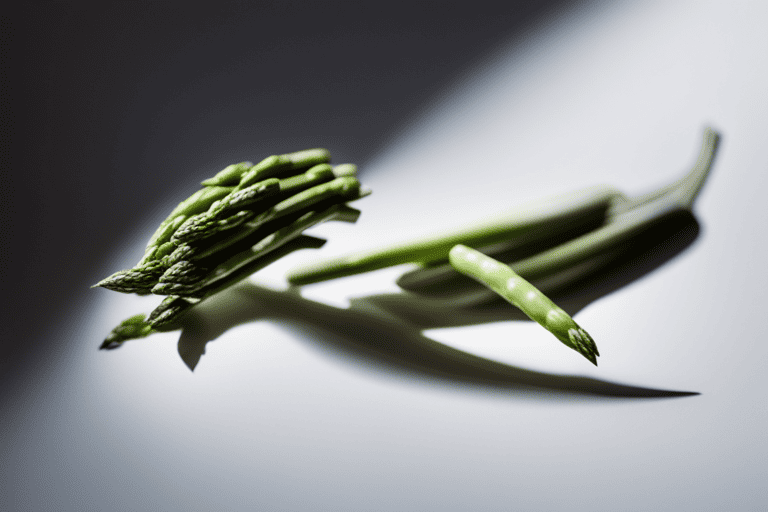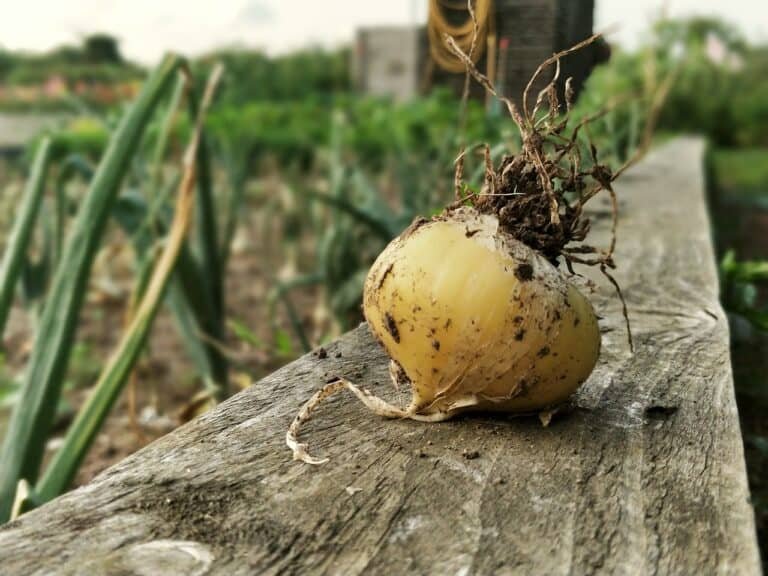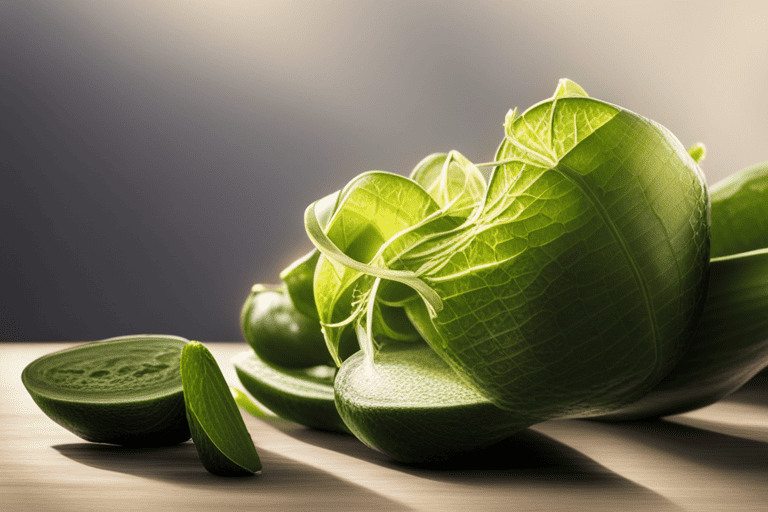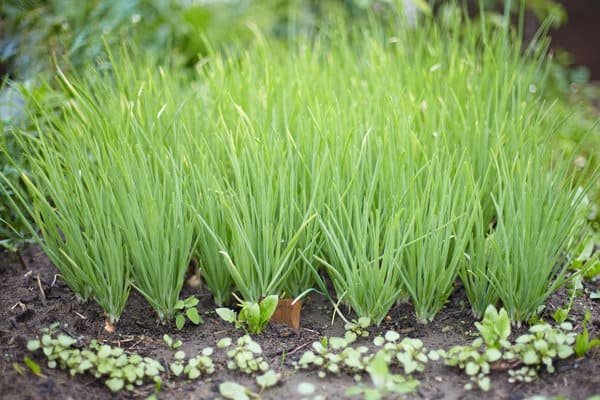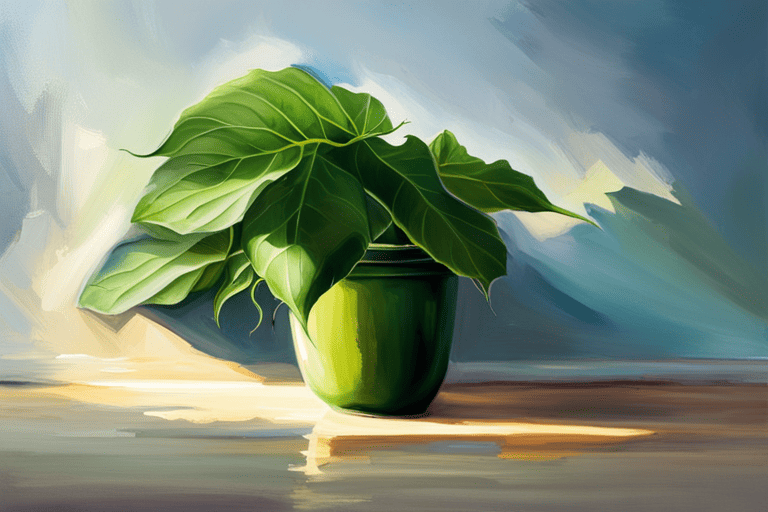Cultivating onions might seem like a simple task, but when it comes to growing the renowned Walla Walla onions, there are certain tips and techniques that can make all the difference. Whether you are an experienced gardener or a beginner looking to elevate your horticultural skills, this article is here to provide you with the ultimate guide on how to successfully grow these incredible sweet onions.
From selecting the right cultivar to understanding the optimal soil conditions and proper care throughout their growth cycle, we will delve into every aspect of cultivating Walla Walla onions. By following these expert recommendations, you’ll be able to ensure bountiful harvests of deliciously tender bulbs that will leave your taste buds craving more. Prepare yourself for an enriching journey into the world of Walla Walla onion cultivation as we share invaluable insights and expertise on achieving gardening greatness!
Selecting the Best Walla Walla Onion Cultivar
Selecting the best cultivar is crucial for successfully growing Walla Walla onions. These renowned sweet onions come in different varieties, each with its own set of characteristics and requirements. When choosing a cultivar, consider factors such as size, flavor profile, disease resistance, and storage ability. Some popular options include the Tahoma variety known for its large size and mild taste or the Candy variety desired for their exceptional sweetness. Additionally, selecting cultivars that are adapted to your climate and region will increase the chances of successful growth.
It’s important to note that optimal soil conditions play a significant role in cultivating Walla Walla onions. These onions thrive in well-draining soil with ample organic matter content and a pH level between 6-7. Ensuring proper drainage is essential to prevent waterlogging that can lead to rot or fungal diseases. Prioritize regular soil testing and amend it accordingly by adding compost or other organic matter if necessary.
Proper care throughout the growth cycle is also vital for successful cultivation of Walla Walla onions. This includes providing sufficient water during dry spells without overwatering them, as excessive moisture can cause bulb splitting or encourage disease development like downy mildew. Regular weeding helps reduce competition for nutrients while applying mulch aids in retaining moisture and regulating soil temperature.
Ultimately, by selecting the right cultivar suited to your needs, understanding optimal soil conditions, and practicing proper care techniques throughout their growth cycle, you can enjoy a rewarding experience cultivating these incredible sweet onions.

Preparing the Soil for Walla Walla Onion Planting
Preparing the soil is a crucial step in cultivating Walla Walla onions and ensuring successful growth. To start, it is important to choose a well-draining location that receives full sun for at least six hours a day. The soil should be loose, fertile, and rich in organic matter. Before planting, remove any weeds and rocks from the area and break up the soil using a garden fork or tiller.
Once the soil is prepared, consider adding compost or well-rotted manure to improve its fertility. This will provide essential nutrients for the onions’ growth. It is also recommended to conduct a soil test to determine its pH level. Walla Walla onions thrive in slightly acidic conditions with a pH range of 6. 0-7. 5. If necessary, adjust the pH by adding lime or sulfur according to your test results.
In addition to fertilization and pH adjustment, it’s beneficial to incorporate onion-specific fertilizer into the top few inches of soil before planting. This will ensure that onions have access to nutrients they need during their growing journey. By preparing the soil properly prior to planting, you can create an optimal environment for growing robust and flavorful Walla Walla onions.
Planting Walla Walla Onion Sets: Tips and Techniques
Cultivating Walla Walla onions requires attention to specific tips and techniques that can ensure successful growth. Whether you are a novice or an experienced gardener, this ultimate guide will provide you with all the necessary information to grow these sweet onions successfully. From selecting the right cultivar to understanding optimal soil conditions and providing proper care throughout their growth cycle, we will cover every aspect of cultivating Walla Walla onions.
To begin with, selecting the right cultivar is crucial for a successful harvest. Look for certified sets from reputable sources to ensure quality. Next, prepare your soil by adding organic matter and maintaining good drainage. Sandy loam soil is ideal for these onions as it promotes healthy root development.
Once the onion sets have been planted in well-prepared soil, regular watering is crucial during dry periods. It’s important not to overwater, as this can cause rotting of bulbs. Additionally, applying mulch around the plants helps retain moisture and suppress weed growth.
By following these tips and techniques specifically tailored for growing Walla Walla onions mentioned in this comprehensive guide, you can enhance your horticultural skills and enjoy a bountiful harvest of these delectable sweet onions.
Watering and Fertilizing Walla Walla Onions: Best Practices
When it comes to watering Walla Walla onions, it is essential to strike a balance between keeping the soil adequately moist and avoiding overwatering. Onions require consistent moisture, especially during their early growth stages, but excessive water can lead to rotting of the bulbs. A general guideline is to provide about 1 inch of water per week through irrigation or rainfall. However, ensure that the soil has good drainage to prevent standing water around the onion plants.
Fertilizing Walla Walla onions is crucial for promoting healthy growth and yields. Before planting, incorporate a balanced fertilizer into the soil according to package instructions. Once the seedlings emerge or transplants are established in the garden bed, side-dress with nitrogen-rich fertilizers every three weeks until bulb formation begins. Nitrogen aids in foliage development, which ultimately contributes to larger bulb size. Additionally, incorporating organic matter like compost into the soil before planting can provide long-term nutrients for your onions’ growth.
Overall, successful cultivation of Walla Walla onions requires attentive watering practices and suitable fertilizer applications throughout their growth cycle. Balancing moisture levels and preventing excessive watering ensures optimal conditions for onion development while reducing risks of disease and rots. Regularly providing appropriate fertilization supports strong plant growth and maximizes bulb size and sweetness potential.
Managing Pests and Diseases in Walla Walla Onion Cultivation
Managing pests and diseases is an essential aspect of successful Walla Walla onion cultivation. These prized onions are vulnerable to a range of pests, including thrips, onion maggots, and aphids. Regular monitoring is crucial in detecting early signs of infestation, allowing for prompt intervention. Some effective pest management techniques include the use of insecticidal soaps or oils, as well as the implementation of companion planting strategies to attract beneficial insects that prey on these pests.
In addition to pests, Walla Walla onions can be susceptible to various diseases such as downy mildew and Fusarium basal rot. Proper crop rotation practices can help reduce disease incidence by preventing the buildup of pathogens in the soil over time. It is also important to provide adequate ventilation through proper spacing and avoiding excessive watering which could create a favorable environment for disease development.
Implementing good sanitation measures such as removing infected plant material promptly can further help prevent the spread of diseases among your onion crop. Regularly inspecting plants for any signs or symptoms allows for quick identification and appropriate action against potential pests and diseases, ensuring healthy growth throughout the cultivation process.
Harvesting and Curing Walla Walla Onions: Expert Advice
Harvesting and curing Walla Walla onions requires careful attention to detail in order to preserve their unique flavor and shelf life. One expert advice for harvesting these sweet onions is to wait until the tops have fallen over naturally before pulling them from the ground. This signals that they are fully matured and ready for harvest. When removing the onions, it is important to be gentle and avoid bruising or damaging the bulbs.
Once harvested, proper curing is crucial for maintaining the quality of Walla Walla onions. The process involves drying out the outer skins while keeping their inner layers moist. To do this, experts recommend laying them out in a single layer in a well-ventilated area with low humidity. It is important to keep them away from direct sunlight as this can cause sunscald on the skin.
Overall, growing and preserving Walla Walla onions require specific techniques tailored to their unique characteristics. By following expert advice on when to harvest and how to properly cure these special sweet onions, gardeners can ensure maximum flavor and optimal storage conditions for long-lasting enjoyment.
Storing Walla Walla Onions for Long-Term Use: Proven Methods
When it comes to storing Walla Walla onions for long-term use, there are proven methods that can help maintain their quality and flavor. One effective technique is curing the onions before storage. Curing involves allowing the outer skin of the onions to dry completely in a warm and well-ventilated area for several weeks. This process helps to thicken the layers of the onion, creating a protective barrier against moisture and disease.
Once cured, it’s important to store Walla Walla onions in a cool and dark place with good air circulation. A basement or cellar with consistent temperatures around 40°F (4°C) is an ideal storage location. Avoid areas that are prone to humidity or temperature fluctuations as these conditions can cause spoilage.
Another method for long-term storage is braiding or hanging the onions. By tying their leaves together, you can create clusters or braids of onions that can be hung from ceiling rafters or hooks. This not only saves space but also allows for better air circulation around each bulb, reducing the risk of rot.
Overall, implementing these proven techniques will ensure your Walla Walla onions remain fresh and flavorful for an extended period so you can enjoy them throughout the year.

